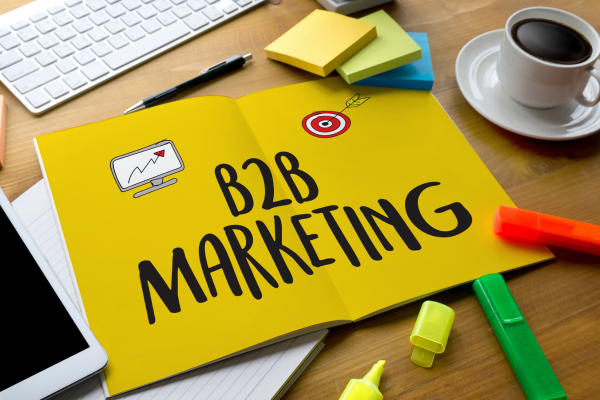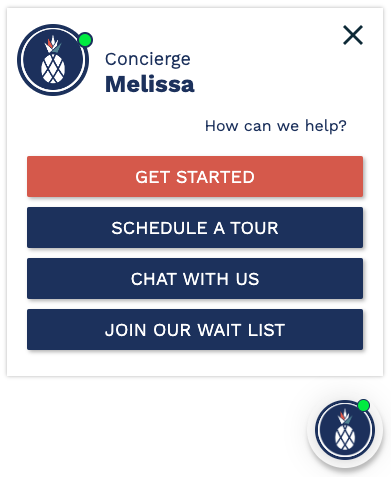
Imagine the following scenario….
You’re 70 years old, and life is good. You’re healthy and active… you retired a couple of years ago… you’re spending time with the grandkids….
But you know you may not want to stay in your home much longer. Maintaining such a big place is becoming a chore, and you think it might be fun to live in a community of other retirees with similar interests and energy. NOT an “old folks’ home” but a place with the right “vibe” for your golden years….
Or this….
Your 85-year-old Mom has been diagnosed with dementia and needs to move somewhere where she can have round-the-clock care, as soon as possible. You and your siblings have been taking turns staying over at her place as her condition has worsened over the last few months, but that just isn’t sustainable any longer…..
Strictly speaking, senior living sales fall into the category of business-to-consumer (B2C) sales. But spend enough time in the industry, and you’ll soon realize that it actually has a lot more in common with business-to-business (B2B) sales.
The B2B Sales Model
Consider this–B2B sales usually involve:
- A longer sales cycle (Scenario 1)
- More complex decision-making processes (Scenario 2)
- Higher dollar amounts (Both scenarios!)
B2B sales also involve more customization, as businesses often have specific needs and requirements that must be met.
Sound familiar, senior living sales reps?
The sales process for senior living involves identifying potential customers, understanding their needs, building relationships, and, often months later, closing deals—on an even longer cycle than most other B2B sales. This is because the decision to move into a senior living community is a complex and emotional one that requires careful consideration by the potential resident and their family members. In other words, the polar opposite of a “consumer-minded” impulse buy!
Senior living sales involve a consultative selling approach, where representatives must be trusted advisors who provide guidance and information to help prospects make informed decisions.
It requires a high level of empathy and sensitivity to connect with prospects on a personal level and understand their unique needs and preferences.
Senior living is an intangible product—a lifestyle and a sense of community—rather than a physical product. Sales representatives need the skills to communicate the benefits of their community and create an emotional connection with potential residents and their families.
Even with the many similarities between senior living sales and B2B sales, the unique characteristics of the senior living industry require a tailored approach to sales and marketing.
Try Waypoint’s Navigator Solution
And one of the best ways to tailor your marketing efforts to your ideal clientele is by using Waypoint’s Navigator and Lifestyle Quiz tools to engage with your site’s visitors in real-time, answer their immediate questions, help qualify leads and gather contact information for follow-up.

